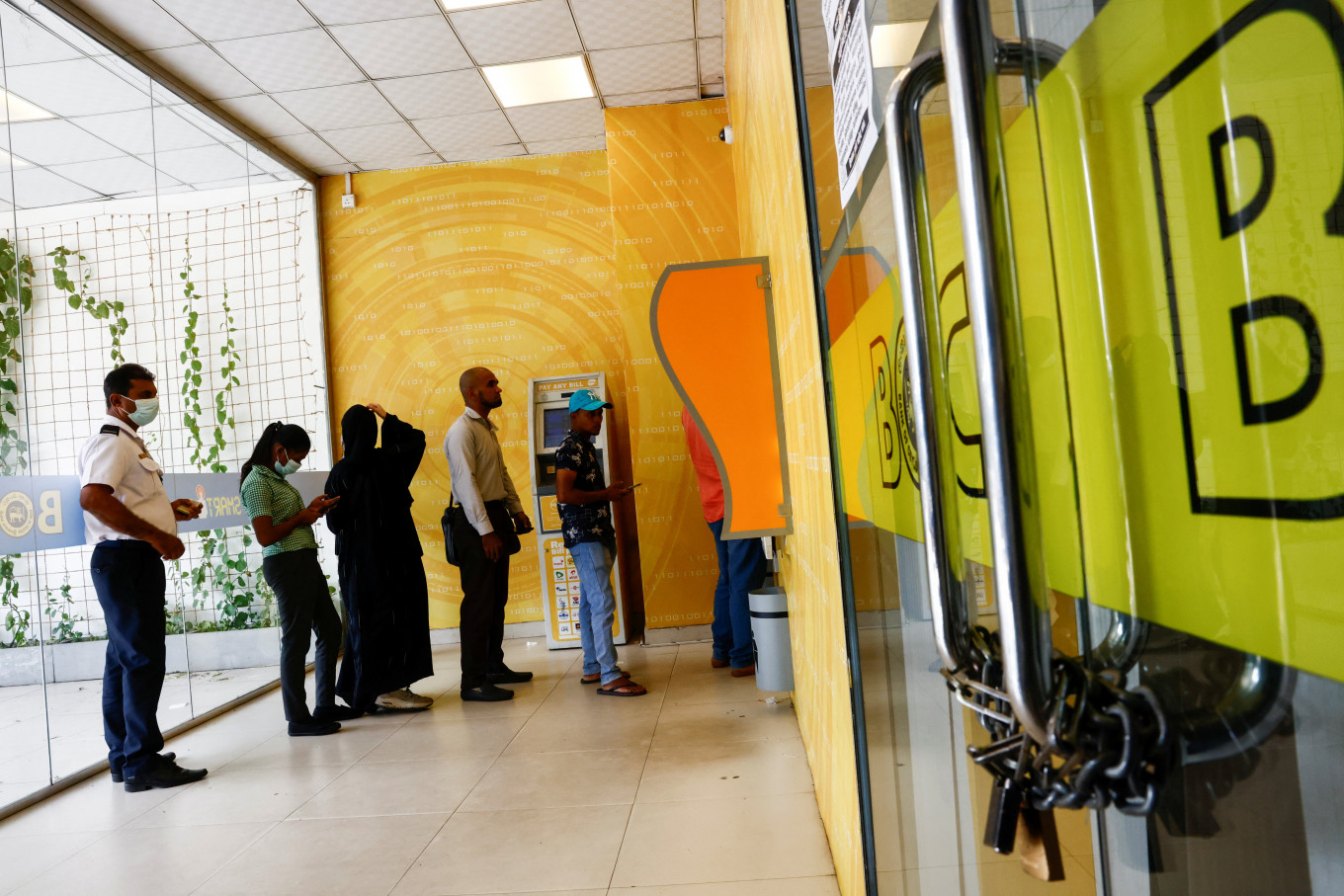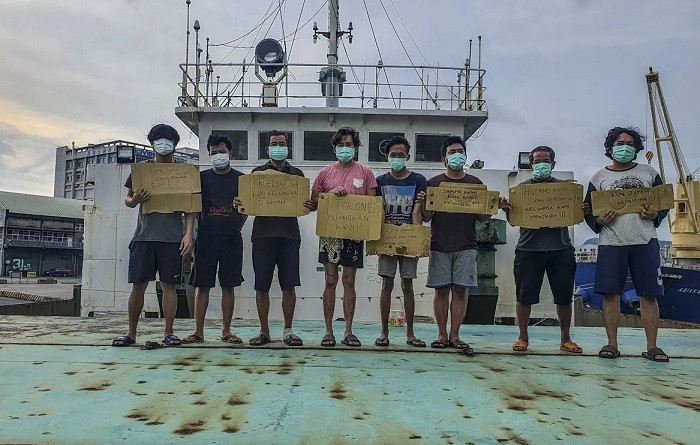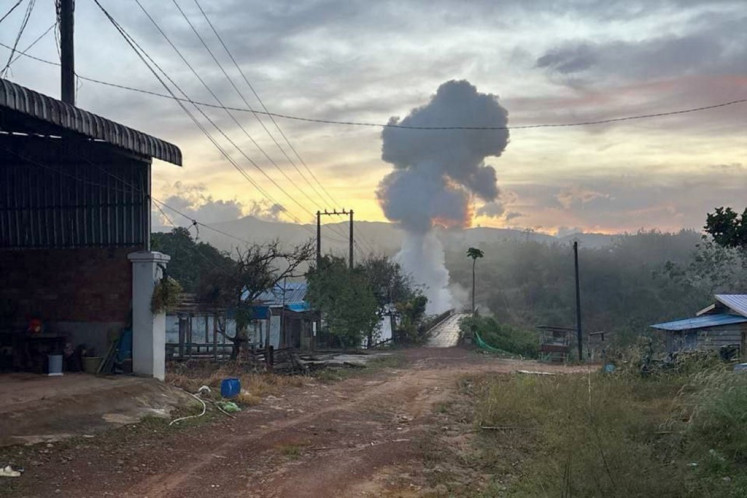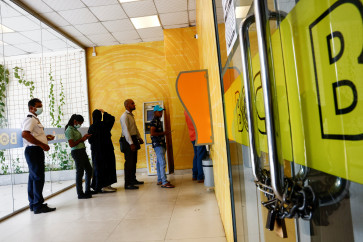Popular Reads
Top Results
Can't find what you're looking for?
View all search resultsPopular Reads
Top Results
Can't find what you're looking for?
View all search resultsThe urgency of global debt reform
The outlook for emerging and developing economies appears increasingly bleak.
Change text size
Gift Premium Articles
to Anyone
H
igh debt levels are once again setting off alarm bells around the world. In developed countries, attention is focused on the rapid increase in public debt, while developing economies are struggling to service their external obligations amid slowing growth and stagnating exports.
Despite their current challenges, most analysts believe that developed economies will avoid a full-blown crisis, owing to their ability to issue debt in their own currencies and implement targeted fiscal and monetary measures. In the United States, for example, the fiscal deficit surpassed 6 percent of GDP this year and is projected to rise to 8 percent or more in 2025. Even so, declining interest rates suggest that policymakers are well-positioned to address the issue, which received little attention during the 2024 election cycle.
By contrast, the outlook for emerging and developing economies appears increasingly bleak. In 2023, developing countries spent 1.2 percent of their gross national income on interest payments, while debt service amounted to nearly 6 percent of export earnings in countries eligible for International Development Association (IDA) aid. The World Bank’s latest debt report warns that low-income countries face a “metastasizing solvency crisis.”
Several developing countries, including Zambia and Sri Lanka, have already defaulted on their external obligations, triggering a slow and painful process of debt restructuring and sweeping economic reforms. Many others are on the edge of a crisis, in Mozambique, for example, interest payments amounted to 38 percent of export earnings in 2023. According to the World Bank, 52 percent of low-income countries are at or near debt distress.
Since the end of World War II, the world has witnessed numerous financial crises stemming from the unique nature of sovereign borrowing. On one hand, government debt can reflect the pursuit of potentially high-return investments that cannot be financed by domestic savings alone. This was the case in the early 1960s, when South Korea borrowed up to 10 percent of its GDP annually to enable productive investment. Those investments paid off handsomely, enabling the country to service its debt with ease and maintain stability despite sustained borrowing.
But borrowing can also finance unproductive expenditures, such as excessive public employment or private consumption, which generate little to no return. Consequently, debt service grows without any corresponding increase in governments’ ability to sustain payments. This is rarely an issue for countries that invest in high-return projects. But when resources are misallocated and debt-service costs mount without the means to cover them, a crisis becomes inevitable.
In such cases, international financial institutions (IFIs), especially the International Monetary Fund, play a critical role in helping countries restore creditworthiness by providing financing and recommending reforms. The IMF specializes in assessing indebted countries’ macroeconomic outlook, pinpointing necessary economic reforms, and steering them back toward financial stability and sustainable growth.



















